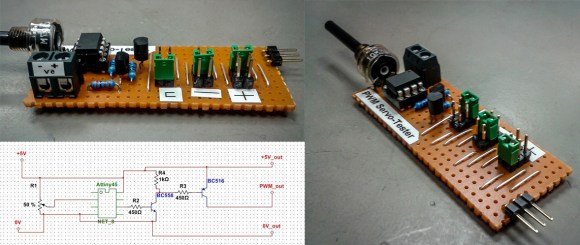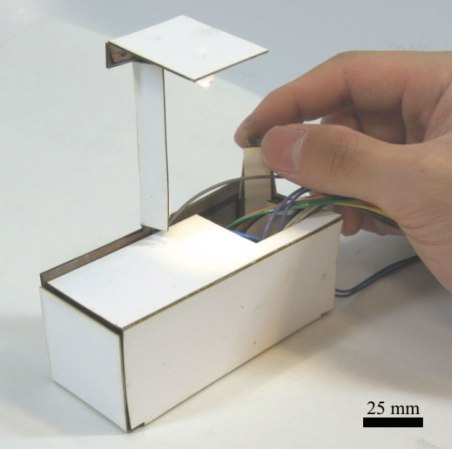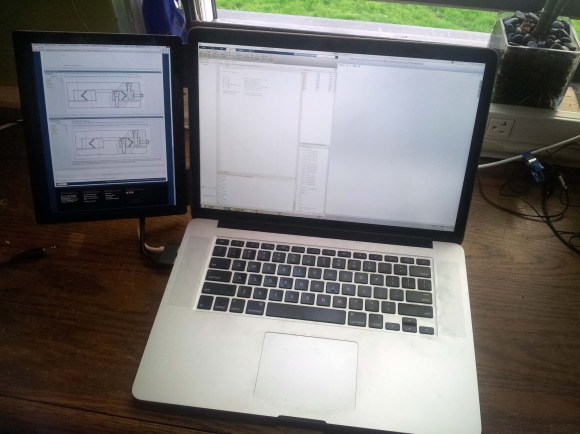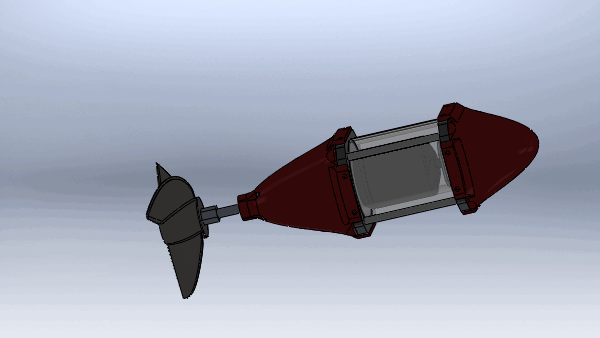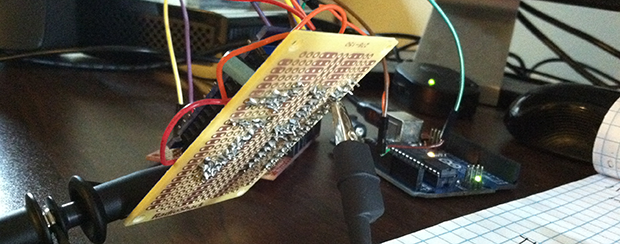
[Ian] had a need for a lot of random numbers. There are dozens of commercial offerings when it comes to RNGs, but there are also hundreds of different ways for an electronics hobbyist to shoot random bits at a serial port. One of these methods is an RNG based on the avalanche breakdown noise in a PN junction. As with any circuit in hobbyist electronics, there are dozens of prototypes floating out there on the web, but not too many finished projects. [Ian] decided he would build one of these RNGs as a prototype and bring it to something resembling a finished project.
An avalanche noise RNG takes advantage of the fact that a strongly reverse-biased PN junction, like one found in a transistor, will create a condition where one electron knocks another electron out of place, leading to a sustained chain reaction. It’s quantum, it’s chaotic, it makes for a great source for a random number generator, and there are already dozens of prototype circuits around the Internet.
[Ian] took one of these circuit designs by [Will Ware] and started the iterations that would lead to a finished design. Round one was a simple PCB with the basic circuit and a power supply. Just a few transistors, resistors, and a DC/DC boost converter. Confirming the circuit was generating noise, the next iteration brought in an ADC and an ARM micro with a USB interface. Iterating over this again with an improved ADC – 20 megasamples per second – the design finally reached a point where a final PCB could be designed.
In the end, [Ian] turned a simple circuit that could have been built on a breadboard into a USB device that throws 9kB/s of random data into a computer. The data are actually good, too: the project passed most of the Dieharder test suite, making it very useful for whatever crypto or gaming application [Ian] has in mind.


